What type of art was created during the Gothic art movement?
Architecture, sculpture, frescoes, paintings, fashion and even literature were artworks made in the Gothic art movement. This art movement was based on the ideas of Abbot Suger who preferred that architecture and ornaments of churches should aim to merge with the “heavenly light.”
When did the Gothic art movement become popular?
The Gothic art movement took place roughly between the 12th to 16th century and occurred within the Medieval period. Other artistic styles like Byzantine, Medieval, Romanesque and other local art forms in Europe overlapped with the Gothic art movement.
Where was Gothic art made and popularised?
The Gothic art movement began in Île-de-France under King Louis VI and King Louis VII when their advisor Abbot Suger built the Abbey Church of St. Denis. Later on, the movement spread across Europe with paintings and architecture.
What are the characteristics of Gothic Art?
According to Abbot Suger, who is arguably the founder of the Gothic art movement, there is a human and heavenly element in spaces. Suger believed that in any physical space, there is a presence of both, earthly light and heavenly light. This is one of the reasons why Gothic churches had stained glass windows. Worldly light passed through these coloured prisms of glass to immediately transform spaces with a hue of heavenly light. Even the roofs of Gothic buildings with buttresses were so pointed that they actually, aimed to reach the heavens. This was another way in which a common building roof aimed to touch the divine. Even statues and paintings of gods and saints made the characters look heavenly but with very human expressions and contortions. Paintings of Jesus with anxiety on his face, Greek gods showing fear and so on. Gothic art is a depiction of vulnerable human emotions within the grandeur of divine dramatics. Most examples of Gothic art and even literature are full of human emotions like despair and gloom played out within grand scenes and circumstances. In a way, the Gothic art movement was a juxtaposition of the darkness of the world and the light of the heavens. This is also much like the modern Goth fashion with dark elements of make-up and clothing juxtaposed with deep purple hair.
Top 10 Famous Artworks and Artists of the Gothic Art Movement
Simone Martini – The Miracle of the child falling from the balcony
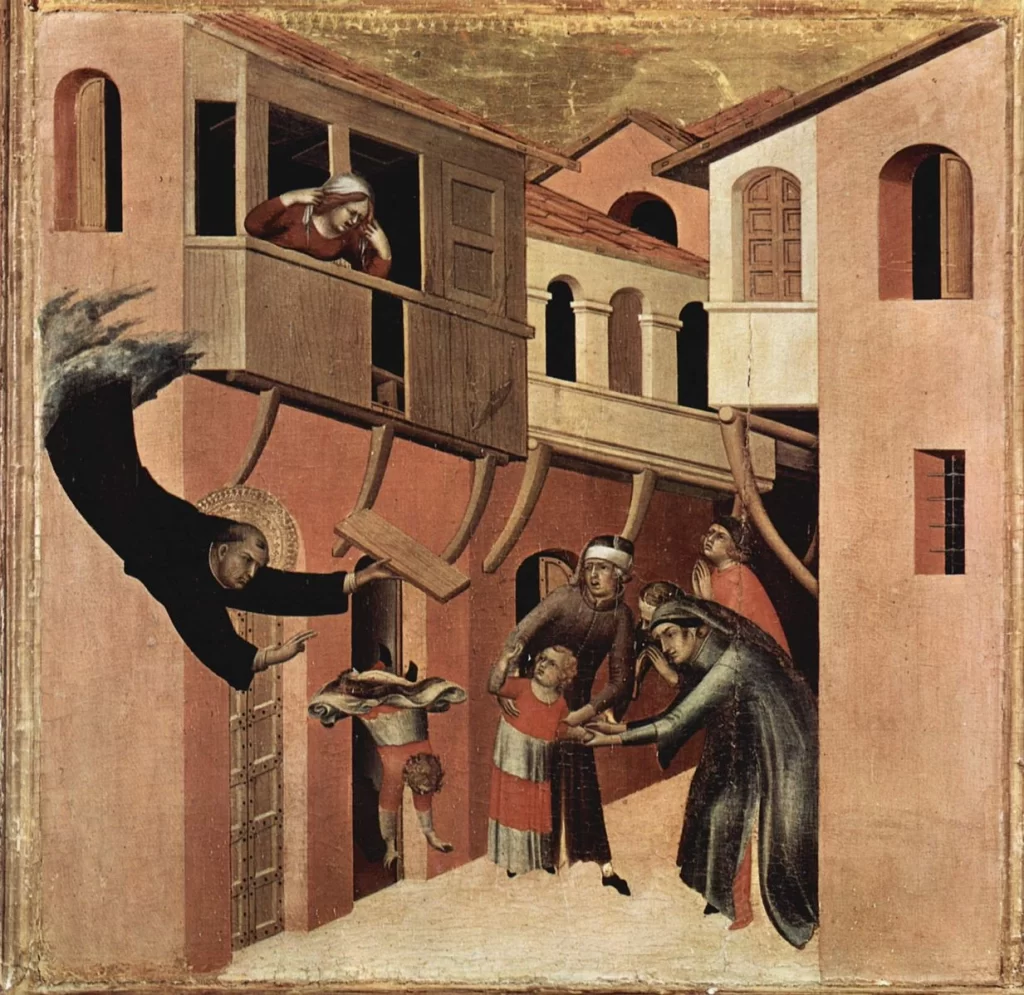
Distress on the mother’s face, a sense of purpose on the saviour’s face, worry and confusion among the onlookers. Divine intervention to save the falling child but the expressions on the faces of the characters are purely human. The complimentary shades of orange, peach and reds with the occasional light and dark make the painting look like a warm haze. Perhaps this was intentional for this befuddling scene.
Vierge a l’Enfant debout

The happy and admiring look on a mother’s face when she looks at her adorable little child. An expression of wonder and innocence in the child’s face when he looks at his mother. There have been many artworks featuring the child Jesus and Mary before but this particular one is quite banal and human in a positive way. No regal divinity, no pomp and flair, just divine characters in a human light.
The Last Supper by Tilman Riemenschneider
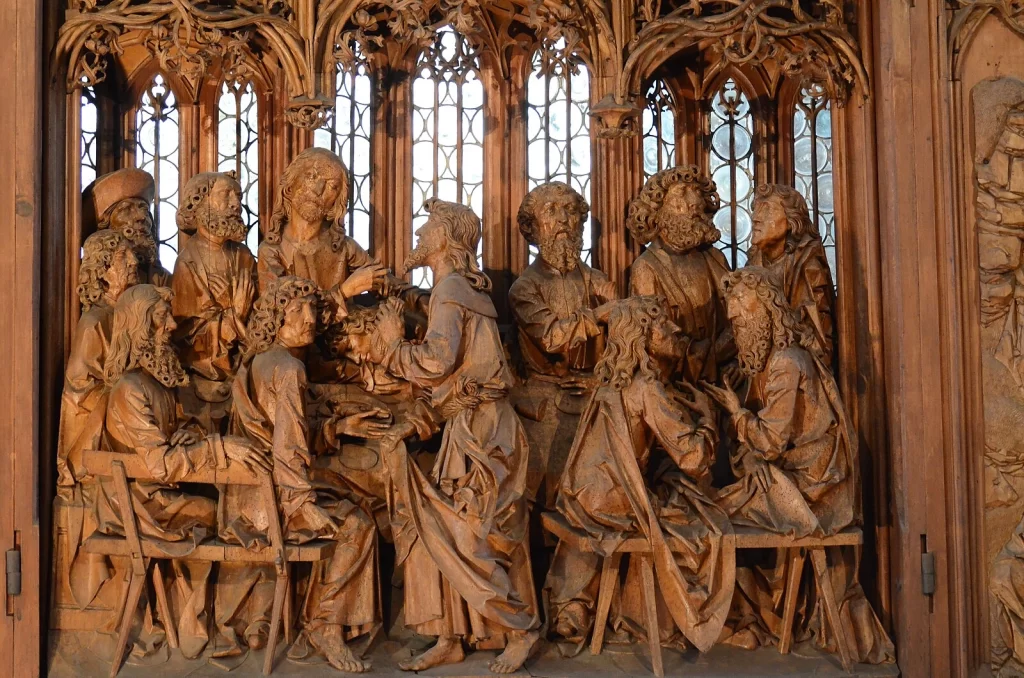
Almost every character in this rendition of The Last Supper sports a worried frown and raised eyebrows. Jesus the central character seems to gaze questioningly at one of the saints while the latter seems to placate him. Like a scene from a drama filled with emotions and yet an interaction between saints and a god.
Flight into Egypt by Giotto
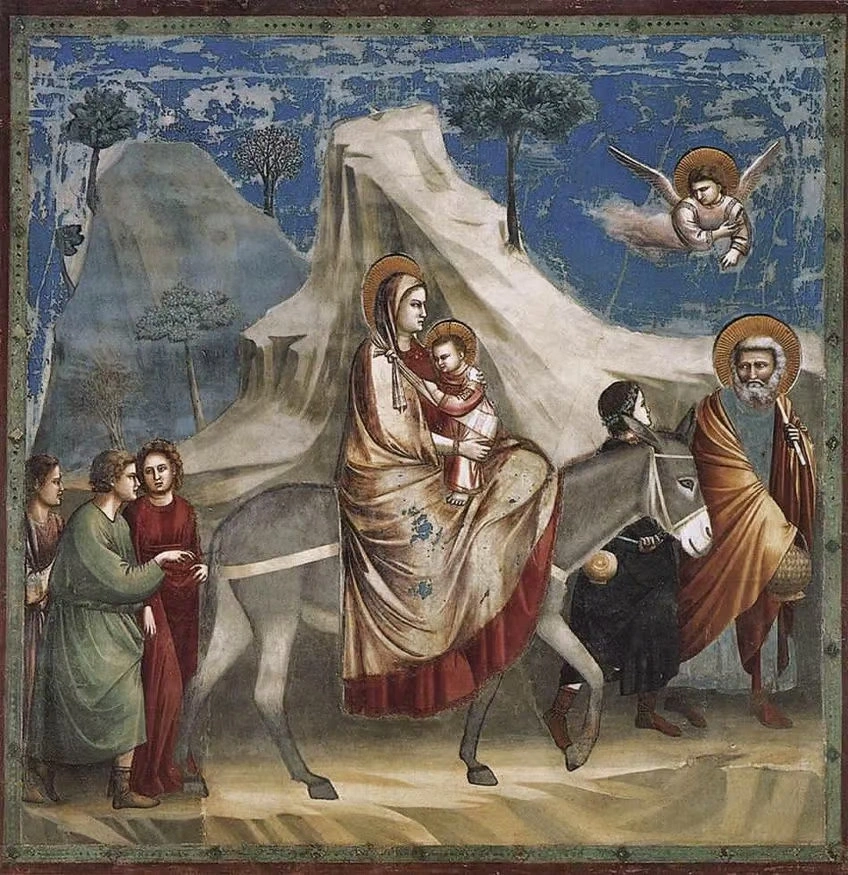
Another breakdown of a Gothic artwork where facial expressions play a key role. Mary seems to have a focus on the mission, Joseph is worried for his wife and child, the followers discuss the predicament and the gloomy scene just adds to the vibe of the painting. Even for an audience who is unfamiliar with this scene from the bible, they would be able to tell that this part of the story is strife with uncertainty and hurdles.
Sainte Chapelle
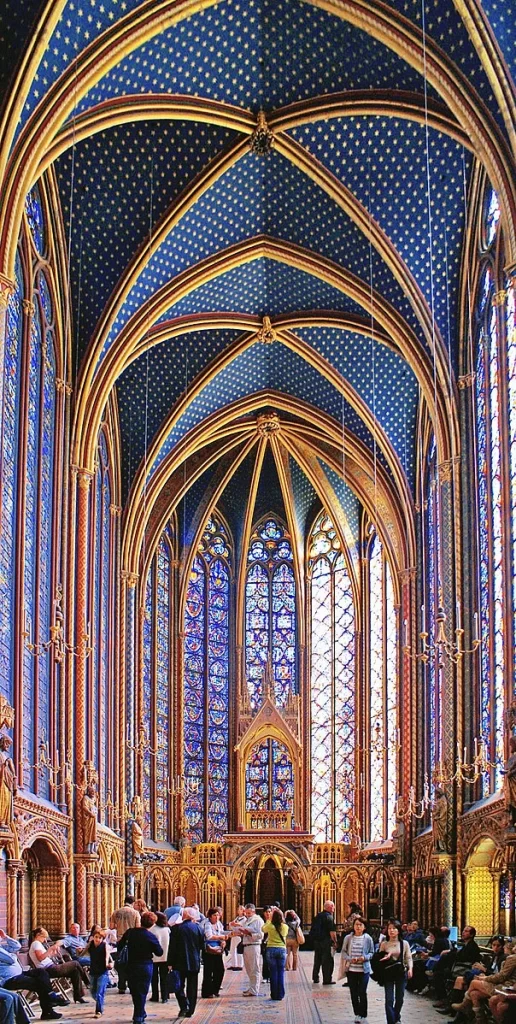
The intersections in the ribbed vaulting of Gothic architecture made for interesting shapes and sections on the ceiling. Sainte Chapelle is an example of the Rayonnant style of High Gothic architecture where embellishments in such corners and shapes were even more refined. If the building was commissioned by the King of France like Sainte Chapelle was, one can expect that the architects left no stone unturned. Pun intended.
Cologne Cathedral

The pointed arch windows were inspired by Islamic architecture. Gothic Architecture took it a step further to intersect the pointed arch shape to build ribbed vaulting, which supported slender columns and were further strengthened by external flying buttresses. All of this support structure allowed the buildings to have heavy stone ornaments like the famous gargoyles. Some gargoyles even contained drain pipes with the water spewing out of the gargoyle’s mouth. The Cologne Cathedral is quintessentially Gothic.
North Rose Window of the Cathedral of Our Lady – Cathedral of Notre Dame

This is when stained glass windows came to be known as the “poor man’s Gospel.” Since reading Latin was a result of top-class education and the absence of the printing press meant fewer, hand-written bibles were in circulation, glass windows were the next best medium. Stories of the bible and the saints are often depicted in these decorative panels that also offered “mood lighting” to the space.
Church of the Assumption, St Marein, Austria

The architect of this particular Gothic church saw opportunity in the Gothic rib vault ceilings and probably thought, “Why not make it look like stars?” And that is exactly what was done here. Staying on the Goth theme of creating a juxtaposition with the earthly and the heavenly in the same space, this star rib ceiling was Gothic peak.
American Gothic by Grant Wood

That super famous painting of an old farmer with a pitchfork and his daughter (often mistaken for his wife) with a gothic American house in the background. That’s how most people who wouldn’t know much about art usually describe this famous painting. The worried woman gazing into the distance and the arguably confused old farmer in simple village attire are quite an accurate depiction of this provincial scene.
Lamentation – “The Mourning of Christ” by Giotto

Most of the characters in this painting are either divine or important biblical characters. Every single one of the visible faces have the same look of sadness and distress as the people at a funeral. No overly dramatic contortions but very real and human hunches and slouches from the weight of sorrows.
Whenever you chance upon a Gothic artwork, it is almost like a fun game of spotting human variables and divine elements. While Romanticism gave us drama, Realism gave us reality, and the Renaissance gave us enlightenment, the Gothic art movement gave us a little bit of everything.
Images: Wiki Commons

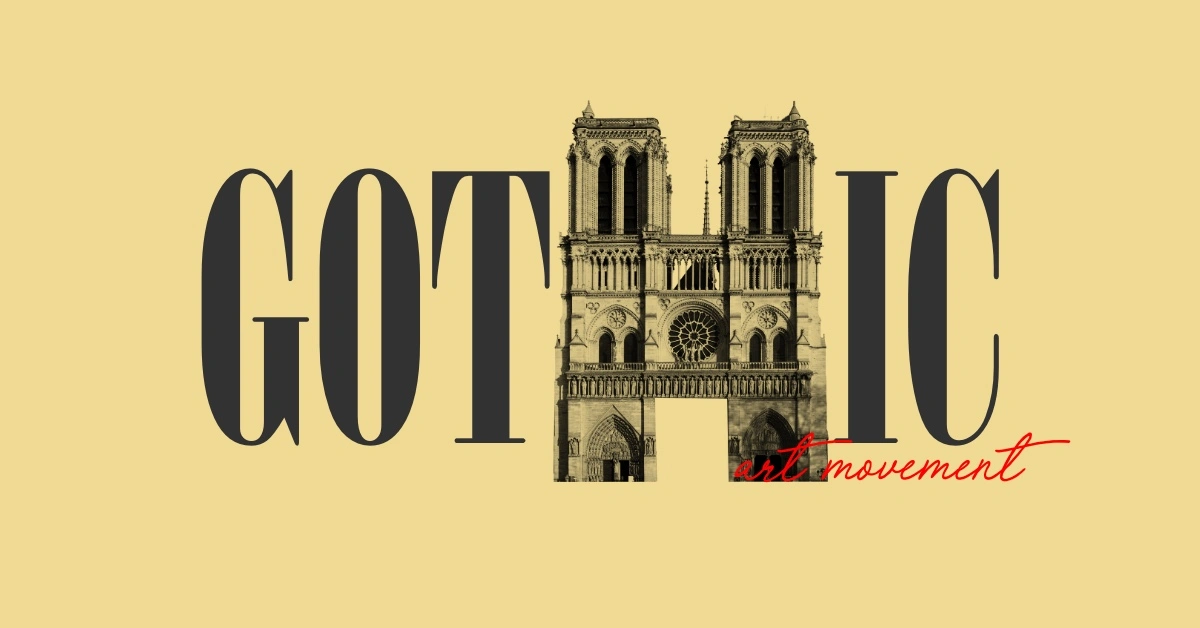




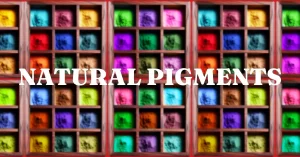
0 Comments